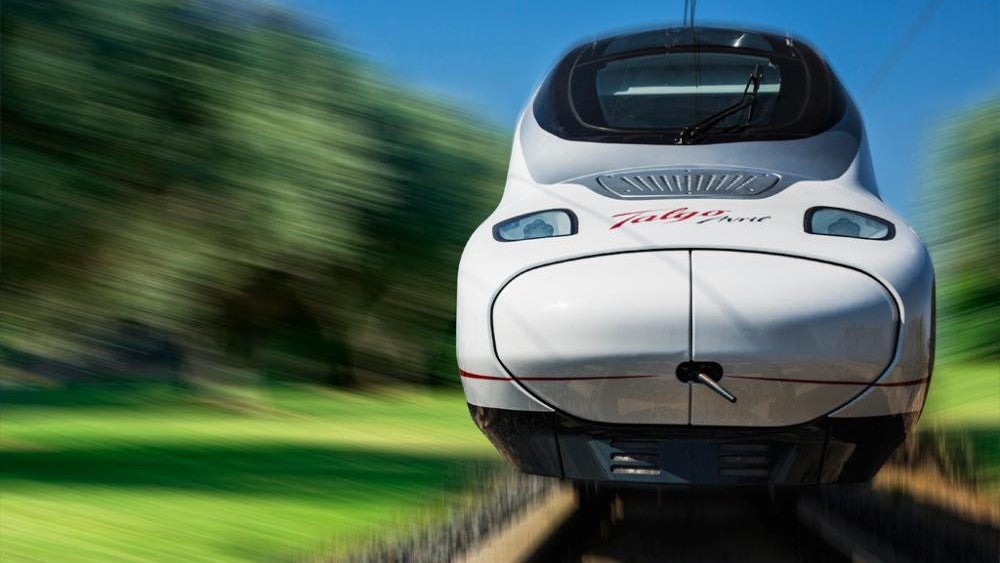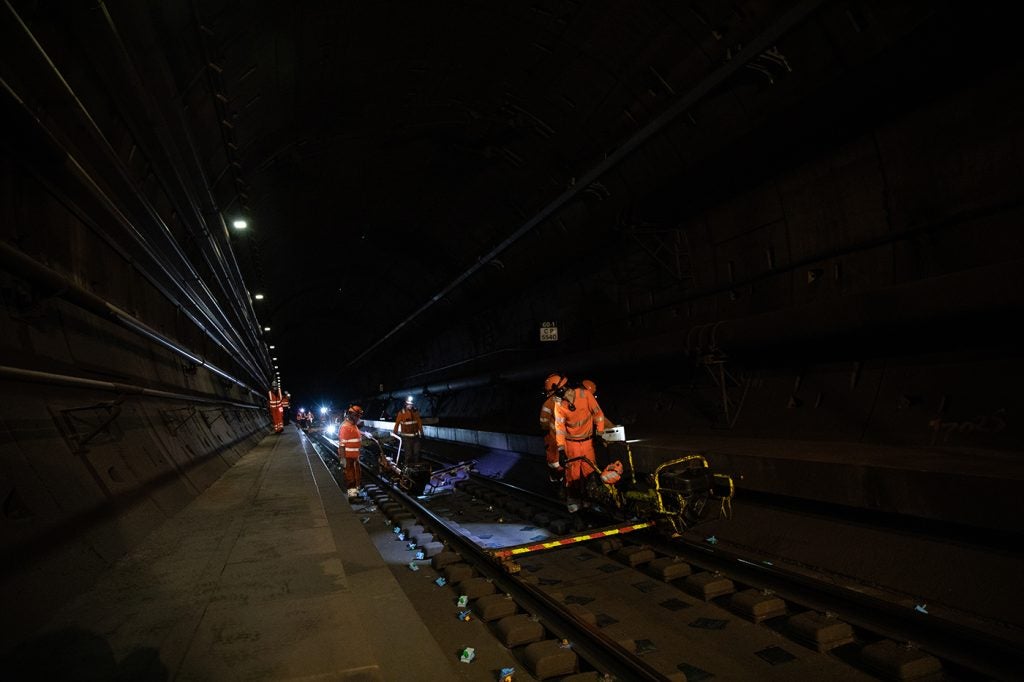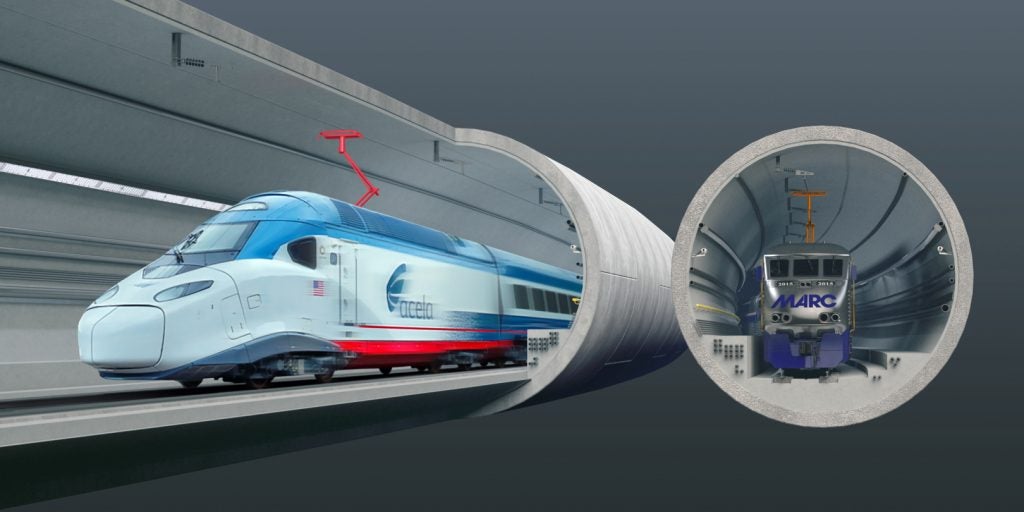
Even before the Romans made it their own, the Brenner Pass had already been traipsed and traversed by hunter-gatherers from the Ice Age.
In the interim centuries, alpine pastures sprung up in the valleys below the notch and the mountains above it. Drivers passing through the Brenner these days will be greeted with a scene of pastoral beauty, complete with grazing cattle, towering pine trees and quaint homesteads.
That’s where the tranquillity stops. As the gateway between Austria and Italy,where northern Europe and the Mediterranean begin, the Brenner is most synonymous with its horrific traffic jams.
In recent years, tailbacks as long as 100km have been reported on the stretch. Last year, more than million heavy lorries travelled the 1,370m pass – the lowest in the eastern chain of the Alps – accounting for 40% of cargo transported across Europe’s largest mountain range.
Such statistics prove grist for the mill for backers of the Brenner Base Tunnel project, which is intended to shift cargo from road to rail across Germany and Austria’s Tyrol region, running into Italy. A train journey from Munich to Verona could be as short as four hours; currently it is seven hours.
Led by an Austro-Italian consortium, Galleria di Base del Brennero – Brenner Basistunnel (BBT SE), the 64km tunnel will be the longest in the world when the rails go live in 2026.
How well do you really know your competitors?
Access the most comprehensive Company Profiles on the market, powered by GlobalData. Save hours of research. Gain competitive edge.

Thank you!
Your download email will arrive shortly
Not ready to buy yet? Download a free sample
We are confident about the unique quality of our Company Profiles. However, we want you to make the most beneficial decision for your business, so we offer a free sample that you can download by submitting the below form
By GlobalDataThen, around 320 goods and 80 passenger trains will pass under the Alps, with freight trains running at speeds of up to 160km/h and passenger trains at up to 250km/h.
It is the most expensive project of its kind. Projected costs currently stand at €8.7bn, featuring a subsidy of €4.7bn from the European Union – the largest dollop of largesse from the bloc for an infrastructure project to date. Italy and Austria share the remaining costs.
“Grateful”: False dawns give way to real progress
Talk of a tunnel dates back to the 1950s when the initial plan was to construct a 12km-long double-decker tunnel. However, the project floundered due to infeasibilities around cost and usage.
It took another five decades until the Brenner Base Tunnel, connecting Munich and Verona, was finally approved by the EU. After years of exploratory digging, miners have now reached 75km of the combined 230km total of tunnelling required.
According to the BBT SE website, this progress constitutes 18km of the main tunnels, 28km of the exploratory tunnel and 29km of other tunnels.
While still less than half way there, project leaders maintain progress is in-keeping with schedule.
“I’m grateful that we have come so far,” said Konrad Bergmeister, BBT SE Austrian CEO, when interviewed by Germany’s national news agency, Deutsche Presse Agentur (DPA), in August.
Bergmeister’s relief is understandable. At points in the last decade, speculation suggested the tunnel would be delivered 20 years over schedule, stymied by opponents of the project – of which there have been a fair few.
When construction was set to start in 2010, an Austrian citizens movement, Tyroleans, kicked up such a fuss, principally over costs, that the project was delayed until the following year.
It’s a ‘nein’ from Bavaria
The biggest stumbling block, however, has been resistance from Germany. Back in June 2012, the then-German Transportation Minister Peter Ramsauer signed an agreement with his Austrian counterpart, Doris Bures, for the construction of new two railway lines leading to the Brenner Base Tunnel.
But five years on, a woeful lack of ground has been made on the new routes between Munich and Kiefersfelden – the southern Bavarian municipality that borders Tyrol.
Just as Ramsauer was about to put pen to paper, Bavaria’s local mayors and administrators entered a state of opprobrium, which has at times boiled over into scuffles between police and protesters.
Local communities object to the idea of thundering freight trains scheduled to double from 200 to 400 a day, shattering the arcadia of the Inn Valley. Meanwhile, Bergmeister told DPA that the likely cause for Germany being so behind its own schedule was an underestimation of BBT SE’s manpower.
Light at the end of the tunnel
While Germany may stand accused of creating a bottleneck to stifle the project, others are drawing inspiration from it.
In December 2016, specialists from Rail Baltica – a long-standing rail project aiming to integrate the Baltic States into the European rail network – went on an information-gathering mission to Innsbruck to meet with BBT SE team members.
Upon completion, Brenner Base Tunnel will take the crown from Switzerland’s twin-bore Gotthard Base Tunnel (57km) as the world’s longest and deepest tunnel.
The two projects are often reported in the same breath for obvious reasons. They both carry the same objective to shift the European freight transport from the roads to the railways.
Upon Gotthard’s launch in June 2016, European leaders, including German Chancellor Angela Merkel, French President Francois Hollande and Italy’s then Prime Minister Matteo Renzi, were all on hand to see the ribbon cut.
If all goes to plan, one can expect the same ticker-tape affair when the Brenner Base Tunnel comes to life in 2026. But don’t expect too many representatives from over the border in Bavaria to be in attendance.






